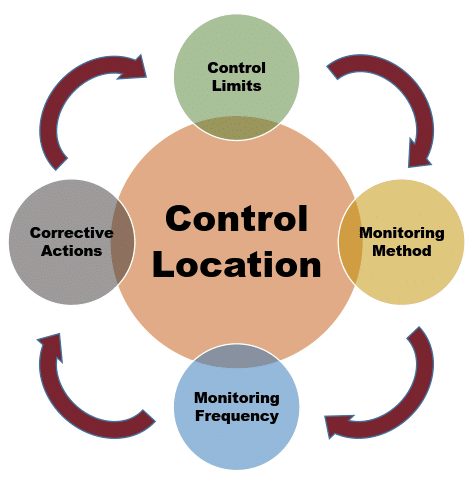Find an office location
More than 175 offices from coast to coast.

In recent years, the number of cases of Legionnaire’s disease reported to the Centers for Disease Control and Prevention has risen at an alarming rate. Building water systems can favor the growth of Legionella bacteria. A concern for building owners and occupants alike, these bacteria are common and thrive in wet environments with moderately elevated temperatures such as hot tubs, building hot water systems, and heating, ventilating, and air-conditioning system cooling tower units in large buildings. In fact, from 2000 to 2017, health department-reported cases of Legionnaires’ disease have risen from 1,127 to nearly 7,500 per year according to the Centers for Disease Control and Prevention (CDC). This potentially deadly disease is caused by breathing in mist from water that contains the Legionella bacteria. The American Society of Heating, Refrigerating, and Air-Conditioning Engineers (ASHRAE) Standard 188-2018, Legionellosis: Risk Management for Building Water Systems, establishes requirements for water systems and building owners to help prevent possible Legionnaires’ disease outbreaks.
To properly comply with the ASHRAE standard, building owners should form a multidisciplinary program team that may include the building owner, maintenance or engineering staff, water treatment specialists, infection control prevention specialists, microbiologists and certified industrial hygienists. This team of professionals is critical to the development and management of a water management plan (WMP).
As part of the WMP development, the program team should create a description and analysis of the building’s water systems. Typical building systems that should be included in this plan are open and closed-circuit cooling towers, evaporative condensers, whirlpools or spas, ornamental fountains, misters, atomizers, and air washers or humidifiers. Some common building factors related to Legionellosis that will determine if potable water systems should be included in the plan include multiple housing units with centralized water-heater systems, buildings that are more than 10 stories high, healthcare facilities in which patients stay more than 24 hours, housing or treatment areas for burn, chemotherapy, or transplant patients, or immune-compromised occupants, and housing for occupants who are more than 65 years old.
Once system components are identified, they are described in a written narrative and a process flow diagram is prepared that helps identify exposure hazards and control measures.

Water system flow diagrams like the one shown are critical in understanding the flow of water throughout a building’s system.

Program confirmation is a critical step in the WMP process and includes program verification and validation. The program team should work together to develop documentation and communications plans that include notifications to building occupants, employees, training for those involved, and communication as a tool to improve the program itself. The WMP must be reviewed and updated annually.
The Terracon nationwide network of industrial hygienists and engineers can help building owners to identify Legionella risk and develop WMPs to help ensure a safe and healthy environment and minimize business operational impacts.
Mike Crandall, CIH, is a Senior Industrial Hygienist in the Terracon Phoenix office. He has more than 40 years of experience in industrial hygiene and building investigations, working with residential, commercial, and institutional clients.
More than 175 offices from coast to coast.